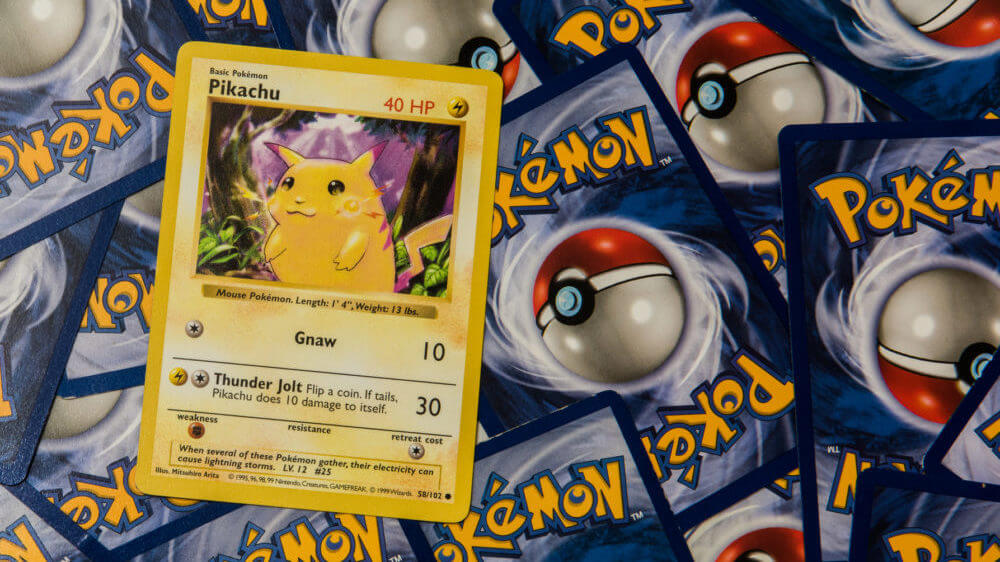
WASHINGTON – Five years into the Great Tariff Depression, total economic collapse is looking more and more likely. Unable to lower interest rates any longer, and with further money printing only exacerbating inflation issues, the Fed has landed on one final effort to try and turn things around: monetizing Pokémon Cards to be used as currency.
The move has puzzled the few economists left who have not been jailed by President Trump for pointing out that planting a penny in the ground will not make a money tree grow.
“Look, we tried everything else,” an exhausted Fed Chair Herman Cain explained. “Interest rates are already at -15%, we pumped billions of both dollars and Trump Bucks into circulation. Everything is just falling apart and I don’t know what else to do.”
“Trump told me this would be easy,” Cain added.
As with any new economic policy, there are winners and losers. Winners include 37-year-old Tabitha Goldberg, whose mint, first-edition Charizard card is now worth the GDP of Massachusetts. Her complete collection has made her the fourth-wealthiest individual in the world overnight.
“My parents used to tell me I was wasting my time building up my card collection,” Tabitha beamed. “Now they have to come to me begging for enough Energy cards to fill up their cars with gas.”
“If I’m feeling really generous I’ll throw in a Trainer card,” she added.
On the other end, those who spent their time and money collecting Yu-Gi-Oh cards have come out as the clear losers of the new policy. The same goes for younger generations of kids who amassed their collections digitally through Pokémon GO, which the fed has not embraced as part of its push.
“Just the older generations getting theirs and fucking the rest of us over,” complained 14-year-old Steven Lichtner. “Eat the old.”
